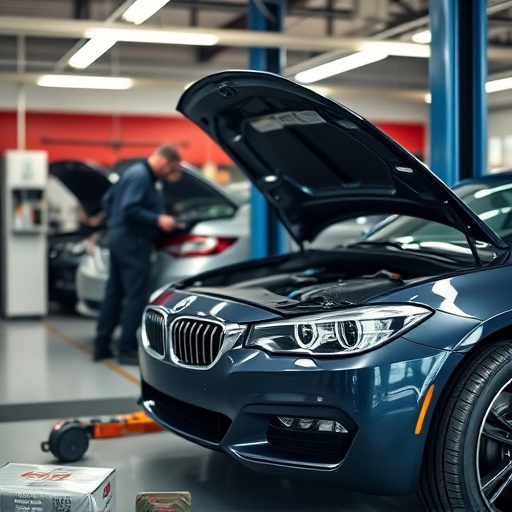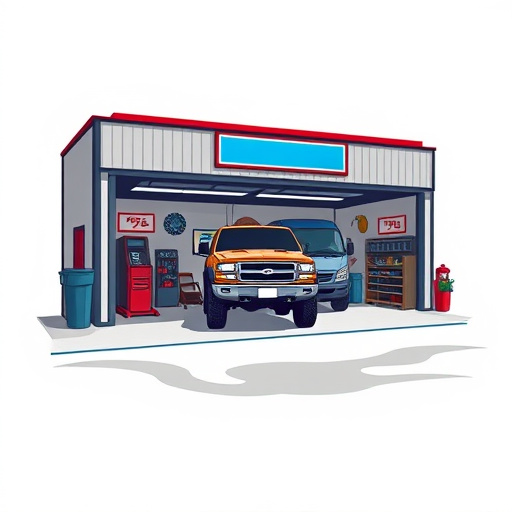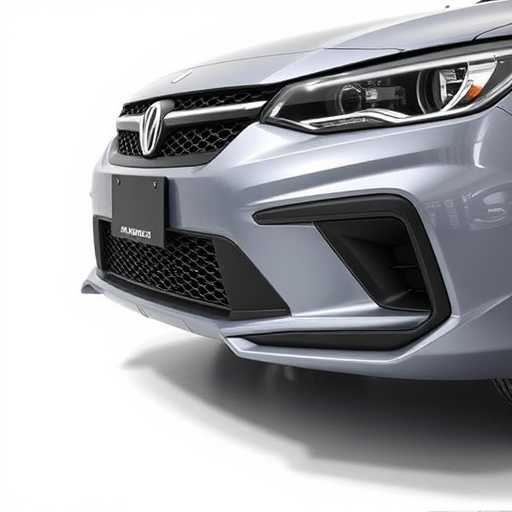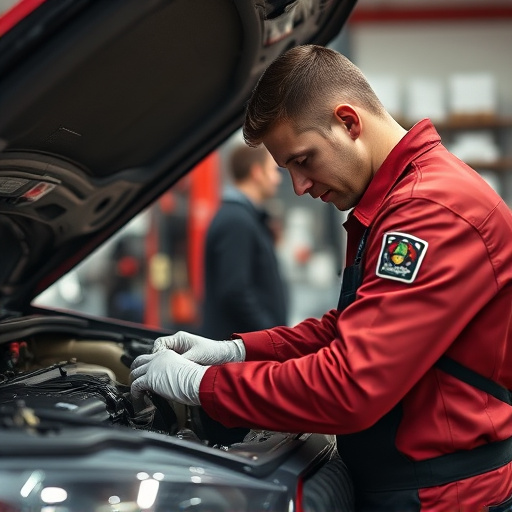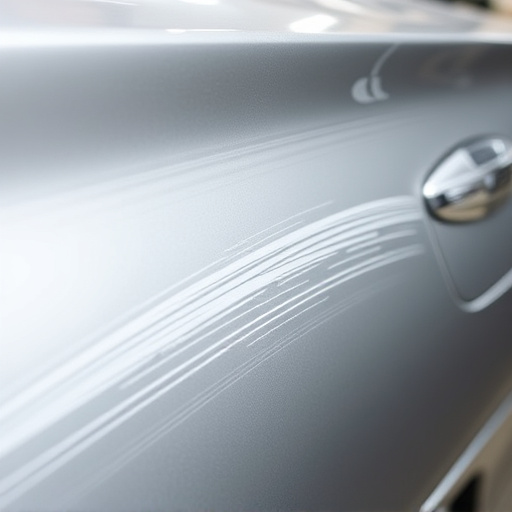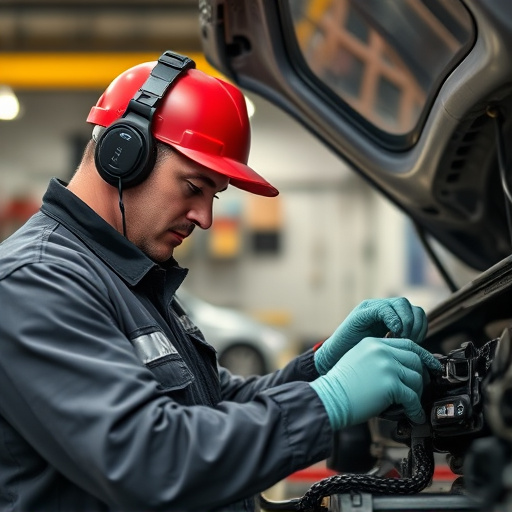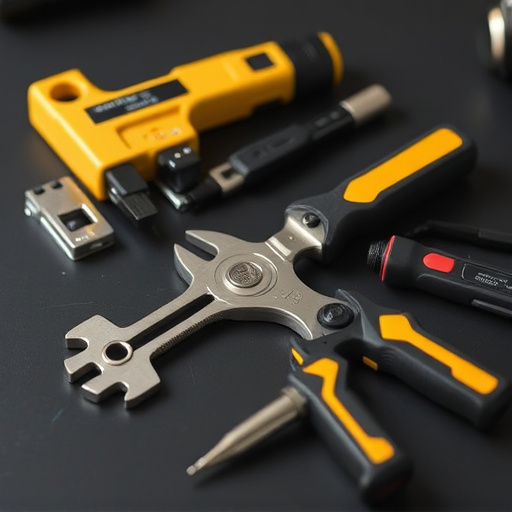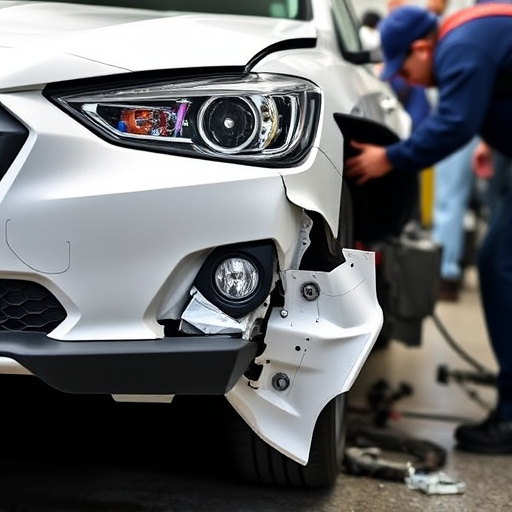A vehicle delivery inspection is a critical process that ensures cars are safe and reliable for new owners, promoting transparency and fairness. This meticulous examination covers exterior, interior, engine, and mechanical systems, checking for damage, wear, and potential issues missed during manufacturing or transit. By scrutinizing structural integrity, cosmetic conditions, and key components like fluids, tires, and electrical systems, inspections guarantee buyers receive high-quality vehicles. Best practices involve comprehensive checklists and technological tools to enhance reliability, ensuring all damage is identified and rectified before delivery.
A thorough and reliable vehicle delivery inspection is paramount for ensuring customer satisfaction and minimizing post-delivery issues. This article delves into the critical aspects that define a comprehensive vehicle delivery inspection, providing an in-depth guide for professionals in the automotive industry.
We explore the purpose and scope of these inspections, highlighting key components to look for. Additionally, we discuss best practices and technologies that enhance reliability, ensuring every vehicle meets high standards before leaving the lot.
- Understanding the Purpose and Scope of a Vehicle Delivery Inspection
- Key Components for Conducting a Comprehensive Vehicle Delivery Inspection
- Ensuring Reliability in Vehicle Delivery Inspections: Best Practices and Technologies
Understanding the Purpose and Scope of a Vehicle Delivery Inspection
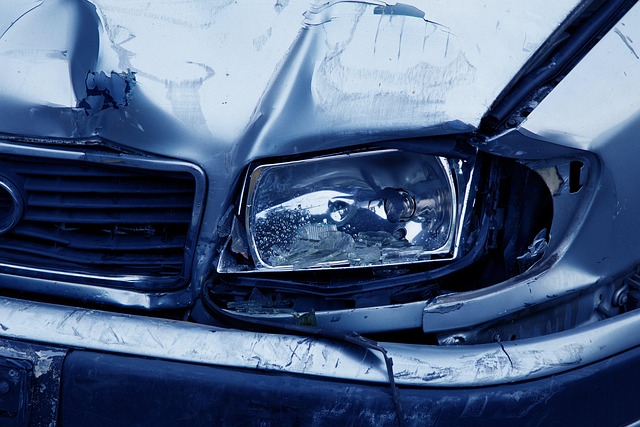
A comprehensive and reliable vehicle delivery inspection serves as a crucial checkpoint to ensure the optimal condition of a vehicle before it reaches its new owner. This meticulous process encompasses a thorough examination of every aspect of the car, from the exterior and interior down to the engine and mechanical systems. The primary purpose is to identify any existing damage, wear, or potential issues that might have been overlooked during manufacturing or transit. By doing so, it protects both the buyer and seller, ensuring transparency and setting a fair expectation for the vehicle’s condition.
The scope of such an inspection includes not just checking for major structural damages but also evaluating smaller details like car paint repair or scratch repairs on the exterior. Similarly, interior components, including seats, dashboards, and infotainment systems, are scrutinized for any signs of misuse or degradation. Moreover, a comprehensive inspection involves assessing the vehicle’s performance, checking fluid levels, tire condition, and ensuring all mechanical systems operate seamlessly to guarantee a safe and reliable ride.
Key Components for Conducting a Comprehensive Vehicle Delivery Inspection

A comprehensive vehicle delivery inspection is a meticulous process that ensures buyers receive a reliable and high-quality vehicle. Key components include a thorough examination of the car’s exterior and interior, focusing on structural integrity, mechanical systems, and cosmetic conditions. The inspector should assess the vehicle delivery inspection by checking for any signs of damage, such as dents, scratches, or rust, especially in hard-to-reach areas like the underbody.
Additionally, paying close attention to the car’s paint job is crucial, looking for quality car body restoration work and ensuring there are no visible repairs that may indicate previous accidents. Even minor issues with vehicle repair history can significantly impact the vehicle’s overall condition. Other critical aspects include testing all electrical systems, checking fluid levels, verifying proper tire wear, and inspecting the engine for leaks or other functional problems. A complete inspection provides peace of mind to buyers, ensuring they receive a reliable vehicle that meets their expectations.
Ensuring Reliability in Vehicle Delivery Inspections: Best Practices and Technologies
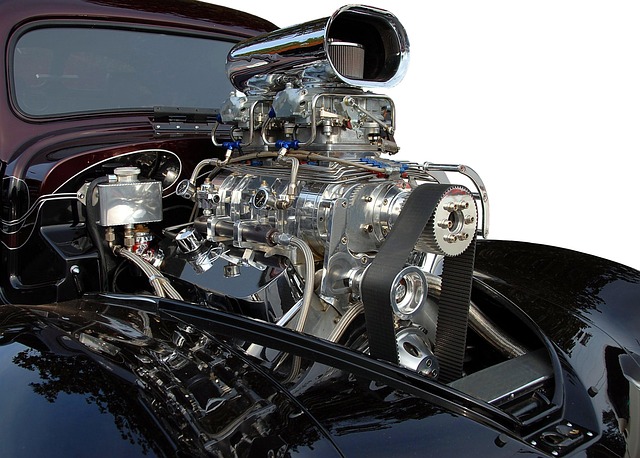
Ensuring reliability in vehicle delivery inspections is paramount to maintain customer satisfaction and prevent post-delivery issues. Best practices involve a meticulous, step-by-step process that checks every critical component, from engine functionality to exterior and interior condition. Using standardized checklists ensures consistency across inspections, allowing for quick identification of any discrepancies.
Technological advancements play a significant role in enhancing inspection reliability. Digital inspection tools, such as specialized apps and cameras, enable detailed documentation with accurate visual evidence. Additionally, integrating AI algorithms can analyze data from past inspections to predict potential issues, streamlining the process and minimizing the need for extensive car repair services or vehicle restoration work. This proactive approach ensures that any damage, big or small, is captured and addressed before the vehicle leaves the delivery site.
A reliable vehicle delivery inspection ensures that all aspects of a vehicle’s condition are accurately assessed, providing peace of mind for buyers and sellers alike. By understanding the key components and implementing best practices, these inspections become comprehensive tools that safeguard against hidden issues. Adopting advanced technologies further enhances accuracy and reliability, making vehicle delivery inspections an indispensable process in today’s automotive market.


